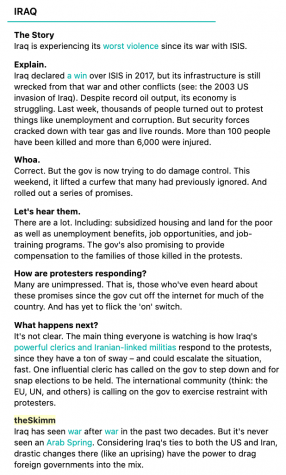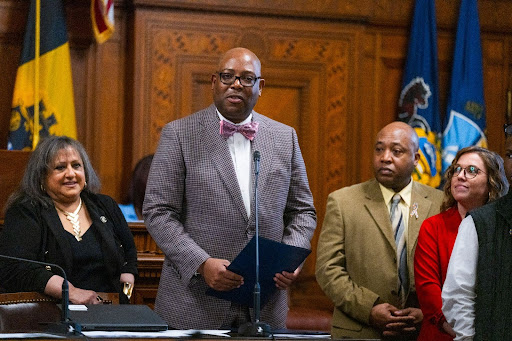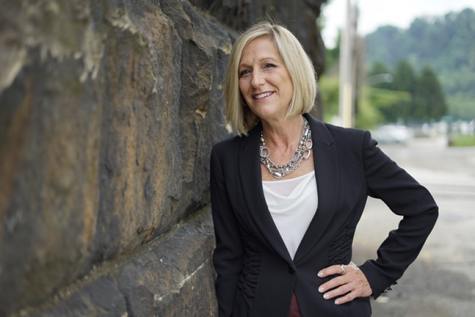A Guide to the Modern Age of News Consumption
A how-to for navigating the news in the modern era.
In the last few years, it has become increasingly difficult to keep up with the news. The age of smartphones and social media has made media more accessible than ever before, yet it has introduced new concerns over purposeful misreporting and the sensationalization by sites more interested in clicks than journalistic integrity. These dangers of widespread falsisms, however, only highlight the importance of self-education. To an unpracticed news-consumer, the world of reporting may seem daunting—how should one determine what to trust? Here are some tips from those that report on the news themselves.

Email Newsletters
“My #1 tip for someone who wants to read the news more is to subscribe to a morning email newsletter,” says Madeline King, a writer for The Foreword. Email newsletters are a fantastic way to test the waters. Typically, sites including The New York Times and CNN boil the news into the five-to-ten most important stories from the previous day. Each has a short explanation and links to longer articles. Less conventional sites like theSkimm fill the space with snarky humor, rather than listing stories. Consumers-to-be should try out a few and find the one that they feel the most comfortable with. Without commitment, these emails will merely end up in the trash folder or buried under a pile of other unread emails.
Podcasts
Everyone can find ten minutes in their lives to listen to a podcast. Listen while you eat breakfast, drive to school, or work out. These are a great way to get the news on the go, and much like email newsletters, podcasts can deliver a few of the most important stories of each day into a fun-size package. Up First by NPR, The Daily by The New York Times, and Today, Explained by Vox are all great options, each with different vibes, hosts, and formats. Pick one or two favorites and get listening!
Social Media
“If you start with what you see on social media—if you see something that you’re interested in— [you should start by] researching that topic, making sure that this is a reliable source, that this is actually going on,” says Dani Jordan, a writer for The Foreword. “I feel like that’s a really good place to start because you’re already scrolling through Instagram a lot.” It’s true that social media is often the root cause for the spread of misinformation, but that isn’t to say that it can’t be a start of healthy news consumption. Begin with what you see on social media (this can be Instagram, Snapchat, but preferably Twitter because of the large presence of reporters!), and then do your research. Find out why people are posting videos of Amazonian fires, for example, and then repost with a more educated perspective.
Other Tips from the Staff of The Foreword
“Try to consume sources that aren’t covering American news all of the time. Try to be ‘worldly’ about events.” —Dakota Castro-Jarret, Writer
“Find local news sources because often the local news is more relevant to you than the national or international news.” —Abigail Segel, Features Editor
“I would recommend…getting your news from the News app or from Twitter where there will be a variety of articles instead of only reading one side.” —Maya Shook, Arts & Entertainment Editor


















